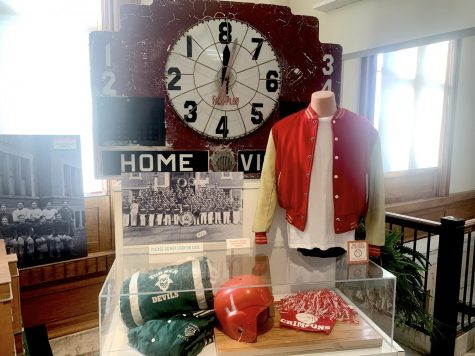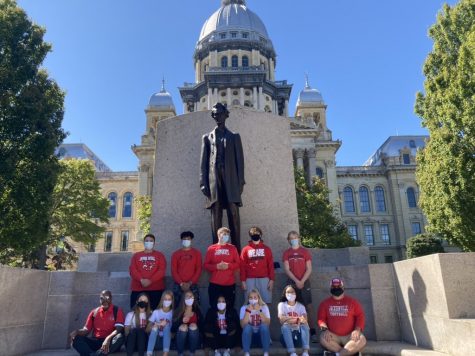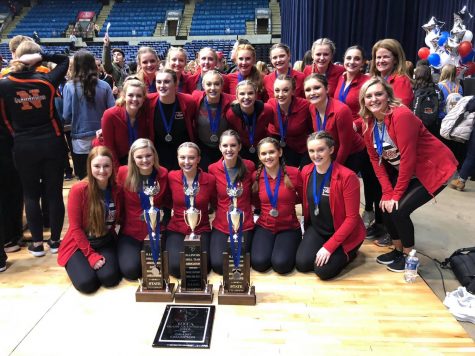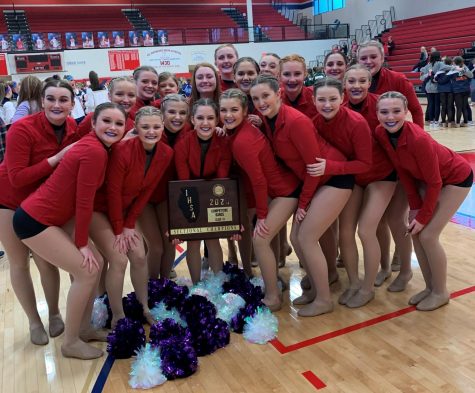Deaf culture in a hearing world
November 22, 2016
Sign language was invented in 1620 by Juan Pablo. In 1620 he published his first book that taught sing language to deaf people. Juan was inspired by an Italian physician, Girolamo Cardano, who wrote that hearing words wasn’t necessary to understand the ideas. Deaf people would have to learn from books and not every deaf person could read nor even hearing people. In 1775 Charles Michel de L’Epee from Paris, France, founded the first school for deaf people. Although a school invented for deaf people, it was still hard to communicate with those who barely understood sign language.
Sign Language wasn’t originally invented in English. The first ever language was in Old French. There are over 271 different languages in just Sign Language. There are three different ways to sign in English: PSE, Pidgin Sign Language, which is a mixture of American Sign Language, and English Sign Language. Everyone in the deaf culture has his or her own way of signing. More or less it’s understandable for anyone who knows sign language to read those signs.
Deaf culture is a wonderful culture that is in every part of the world no matter where one lives. The fact is that not everywhere it is taught. In some parts of the world, there are deaf people who are poor and cannot afford to teach their children sign language in their own language. Deaf people will sometimes live their whole lives deaf and completely unable to communicate with the world around them.
Switched at Birth is a TV series revolving around the idea of two daughters who were switched at birth. One of the daughters got really sick and developed deafness. The TV shows the beauty of deaf culture. It shows how far some parents will go to communicate with their kids. While some don’t like Deaf Culture in the show, they eventually learn the benefits of it.
While deaf people can sometimes read lips to help understand what hearing people are saying, they don’t understand all of it. Deaf people only catch 60% from reading lips. That’s where the need of interpreters is introduced. There is such a high demand for interpreters and the pay is fantastic.
Abby Lazar, interpreter to student Lillie Brown, says that it took her five years to become an interpreter. While it took her only five years to become fluent in ASL and become an interpreter, it seems all the time worth it. Being a hearing person and close in the deaf community, it’s probably the best feeling.






